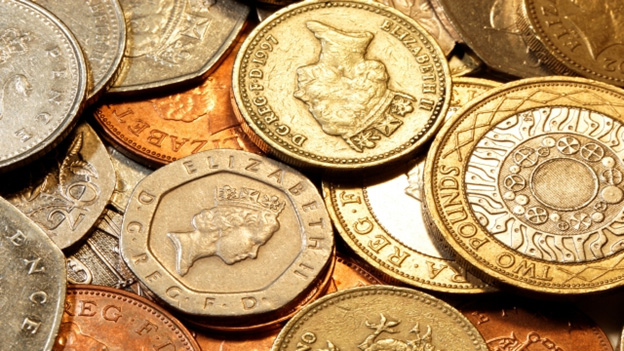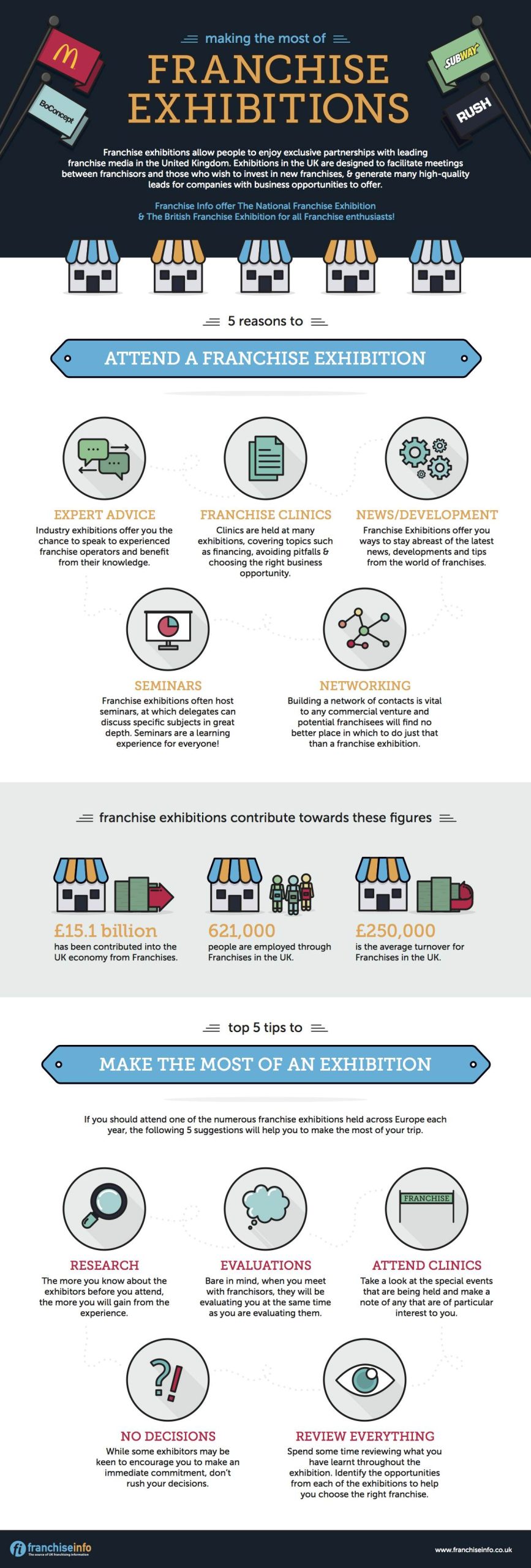There is no doubt about it; businesses would be wise to safeguard their interests in the current climate.
This applies to aspects of business and commercial assets, although there must be a keen focus on reviewing costs and maximising bottom line returns.
In this article, we will take a look at how you can optimise the financial value of your employees and establish them as key profit centres.
Image: Ivey Business Journal
-
Consider the Bradford Factor and Reduce Absenteeism
Absenteeism is a huge issue for businesses, costing employers more than £16 billion in 2014 alone. This represents a challenge that you need to resolve if you are to optimise the value of your employees and their profitability.
The first part of this process starts with equating a financial value to the cost of absenteeism in your business, as this informs the subsequent steps that you should take. A system referred to as the ‘Bradford Factor’ is the best way to achieve this, as this is an algorithm which attributes a score to each individual employee’ and helps to identify debilitating patterns of absenteeism.
From here, you will have a clear understanding of the trends that are costing your money, while highlighting the amount that you spend to achieve a profitable resolution. You can then formulate a plan to deal with and minimise absenteeism in the workplace, while empowering staff members to become more profitable.
According to Sarah Dowzell, the COO and co-founder of Natural HR, creating a culture of well-being is central to minimising absenteeism in the workplace. “As an example, you should consider being flexible and actually encouraging employees to take time out for things like medical appointments and check-ups. You could even just consider something as simple as letting employees come in late, leave early or spread their hours rather than taking this time as a holiday.”
She also advised the use of more creative steps, which actively help employees to improve their general health and work-life balance. “You could consider offering well-being benefits, including simple ideas such as leaving free fruit in the office or encouraging a lunch time walk. You can also go further by offering a health cash plan to help employee’s recover the costs of things like dental appointment and eye tests, which offers practical advantages to workers.”
-
Embrace the Age of BYOD
Bring-your-own-device (or BYOD to you and me) is a concept that has emerged alongside Windows 10, and one that enables employees to connect their own hardware through a secure, wireless network. Not only does this increase engagement, but it also offers you a unique opportunity to reduce each employee’s cost base while also maximising their profitability.
You would usually have to invest in equipment such as a laptop or a telephone for each employee, for example, but by embracing BYOD you can eliminate these costs and transfer them directly to the user. Similarly, employees can access their devices any time of the day or night, and over time many may be compelled to perform administration tasks (such as responding to emails at home) at home while being more strategically productive in the office.
This is a win-win scenario for businesses, who can directly reduce the cost bases associated with their staff members and drive a higher level of individual profit from each one on a daily basis.
-
Empower Through Training
Over time, we have seen a greater emphasis placed on automation in the workplace, as companies have minimised the number of human employees active in certain sectors.
The widespread or universal adaptation of automation is less effective, however, as some industries rely in inter-personal interaction and are far better served by optimising the value that their employees offer within the workplace.
We have already touched on the importance of engagement, of course, as this drives higher levels of productivity and output over time. In fact, increasingly employee engagement by as little as 10% can improve the profitability of your workforce each year, and the collective value of this is potentially huge.
One of the best ways to achieve this is to empower employees through training and development, and this also offers additional benefits from a profitability perspective.
In short, training employees develops relevant skill-sets that increases their value as individuals, which in turn makes them more profitable to the company as a whole.
The key is to deliver relevant and measured training, as this ensures that the costs do not supersede the value added to each individual. This guarantees profitability, while boosting the prosperity and longevity of your business in the process.
















![Making the most out of a franchise exhibition [Infographic] Making the most out of a franchise exhibition [Infographic]](https://www.abcmoney.co.uk/wp-content/uploads/2022/10/Franchise-E-768x580.png)


 Bitcoin
Bitcoin  Ethereum
Ethereum  Tether
Tether  XRP
XRP  Solana
Solana  USDC
USDC  TRON
TRON  Cardano
Cardano  Lido Staked Ether
Lido Staked Ether  Avalanche
Avalanche  Toncoin
Toncoin